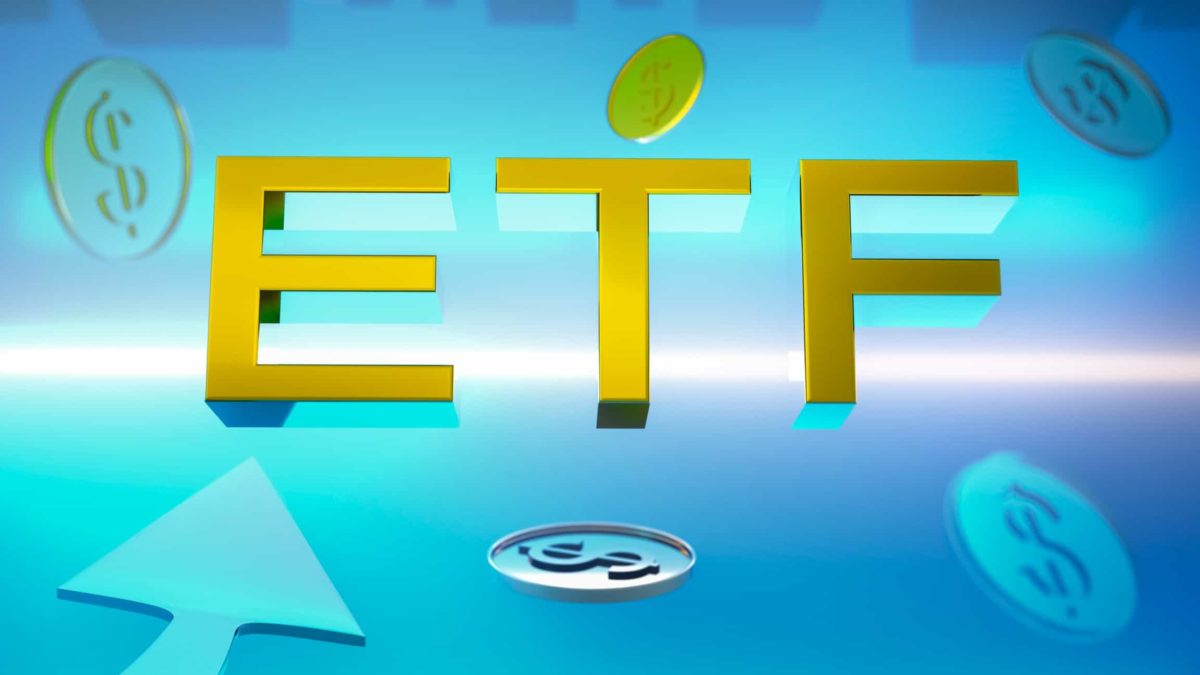The Vanguard Australian Shares Index ETF (ASX: VAS) is a popular way to invest in ASX shares. According to Vanguard, the ETF size is $11 billion. But, is it a good choice for beginner investors?
Investing can be daunting because there are so many choices to choose from. What is a good place to put hard-earned money?
Exchange-traded funds (ETFs) could be a smart choice because it allows investors to invest in a portfolio of businesses in one go. The ETF does all the investing on behalf of investors.
So, that describes what an ETF can do. But what about the VAS ETF specifically? I'm going to outline some of the main positives.
Low cost
One of the advantages of an ETF is that it can have low management fees, depending on the provider.
Vanguard offers a number of ETFs such as the VAS ETF and the Vanguard MSCI Index International Shares ETF (ASX: VGS). The VGS ETF is focused on the global share market and offers access to international technology businesses with attractive growth potential like Alphabet and Microsoft.
One of the key features of Vanguard is that it aims to provide its investment funds to people as cheaply as possible. Vanguard is not a fund manager trying to make big profits.
The Vanguard Australian Shares Index ETF has an annual management fee of 0.10%, which is very low.
Diversified
The VAS ETF enables people to indirectly invest in the businesses in the S&P/ASX 300 Index (ASX: XKO).
It means that we're investing in 300 names inside the portfolio.
What types of names are in the portfolio? Well, the biggest businesses have the largest allocations in the ETF. At the end of July 2022, here are the names that are at least 2.5% of the portfolio:
BHP Group Ltd (ASX: BHP) – 9.3%
Commonwealth Bank of Australia (ASX: CBA) – 8.1%
CSL Limited (ASX: CSL) – 6.6%
National Australia Bank Ltd (ASX: NAB) – 4.7%
Westpac Banking Corp (ASX: WBC) – 3.6%
Macquarie Group Ltd (ASX: MQG) – 3.1%
Australia and New Zealand Banking Group Ltd (ASX: ANZ) – 3%
Woodside Energy Group Ltd (ASX: WDS) – 2.9%
Wesfarmers Ltd (ASX: WES) – 2.5%
Of course, there are hundreds of other names in the portfolio, so it offers plenty of diversification.
Any negatives about the VAS ETF?
Just because it's a Vanguard ETF doesn't automatically mean that it's the best choice.
The ASX has plenty of exciting potential investments. However, due to the nature of the Australian economy, the portfolio is quite heavily focused on resources and banks. 'Financials' and 'materials' make up more than 50% of the portfolio. These sectors don't typically have businesses growing at a fast rate year after year.
The information technology sector can be a fruitful place to find businesses growing revenue (and perhaps profit) quickly, but there's only a 3.3% allocation to it in this ETF.
So, while this ETF may have a solid dividend yield, the capital growth may not be as much as other options over the long term, such as the VGS ETF. Over the past five years, the VGS ETF has seen capital growth of an average of 9.4% per annum, whereas the VAS ETF's capital growth has been an average of 3.5% per annum.









